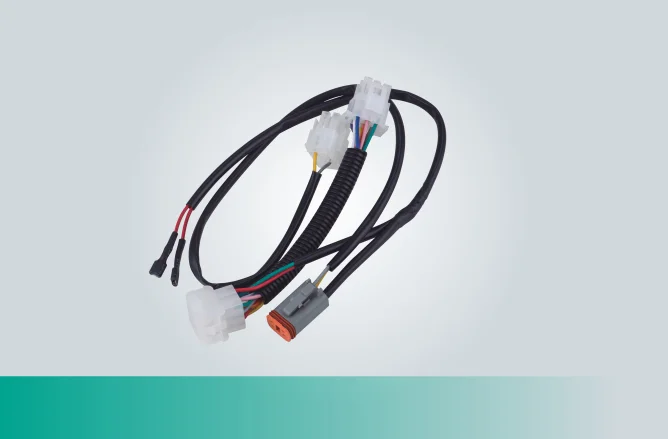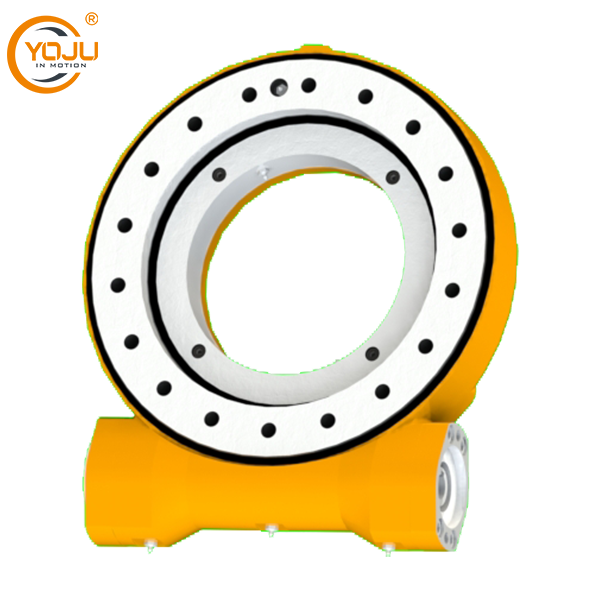In an age where security is paramount, the choice of safe can significantly impact the protection of your valuables. Among the myriad of options available, two primary types stand out: combination safes and digital safes. Each has its own set of advantages and disadvantages, making the decision a nuanced one. This article delves into the intricacies of both types, examining their security features, usability, reliability, and overall effectiveness to help you determine which safe is better suited for your needs.
Understanding the Basics: Combination vs. Digital Safes
Combination Safes: These safes utilize a mechanical locking mechanism that requires the user to input a specific sequence of numbers to unlock. The traditional dial combination safe is a classic example, often praised for its simplicity and reliability.
Digital Safes: These safes employ electronic locks that require a numeric code to access. Many modern digital safes come equipped with advanced features such as biometric scanners, keypads, and even smartphone connectivity, offering a more contemporary approach to security.
Security Features: A Comparative Analysis
When it comes to security, both combination and digital safes have their strengths.
- Combination Safes:
- Mechanical Reliability: Combination safes are less susceptible to electronic failures. They do not rely on batteries or electronic components, making them a reliable choice in situations where power outages or technical malfunctions may occur.
- Tamper Resistance: The mechanical nature of combination locks can make them more resistant to tampering. A skilled burglar may find it challenging to manipulate the internal mechanisms without the proper combination.
- Digital Safes:
- Advanced Security Features: Many digital safes offer features such as time-delay locks, which prevent access for a predetermined period after multiple incorrect attempts. Some models even include alarms that trigger upon unauthorized access attempts.
- Biometric Access: The integration of biometric technology allows users to unlock safes using fingerprints, providing a level of security that is difficult to replicate. This feature is particularly appealing for those who prioritize convenience and speed.
Usability: Which is More User-Friendly?
Usability is a critical factor when choosing a safe, as it directly impacts how quickly and easily you can access your valuables.
- Combination Safes:
- Learning Curve: While combination safes require users to memorize a sequence, they can be cumbersome for those who struggle with remembering numbers. The dial mechanism can also be time-consuming, especially in high-pressure situations.
- No Power Dependency: Users do not have to worry about battery life or electronic failures, making combination safes straightforward and hassle-free.
- Digital Safes:
- Quick Access: Digital safes often allow for faster access, especially with keypads or biometric scanners. Users can quickly enter their code or scan their fingerprint, making them ideal for those who need immediate access.
- Potential for Malfunction: The reliance on batteries and electronics can pose a risk. If the battery dies or the electronic components fail, users may find themselves locked out of their safe.
Reliability and Maintenance: Long-Term Considerations
Reliability and maintenance are essential aspects to consider when investing in a safe.
- Combination Safes:
- Durability: Generally, combination safes are built to last, with fewer components that can fail over time. Regular maintenance involves simple tasks such as lubricating the lock mechanism.
- Longevity: With proper care, combination safes can last for decades, making them a worthwhile investment for long-term security.
- Digital Safes:
- Regular Maintenance: Digital safes require periodic battery changes and may need software updates, depending on the model. Users must remain vigilant about maintaining these components to ensure continued functionality.
- Potential for Obsolescence: As technology evolves, older digital safes may become outdated, leading to concerns about compatibility and security vulnerabilities.
Conclusion: Making the Right Choice for Your Needs
Ultimately, the decision between a combination safe and a digital safe hinges on your specific needs and preferences. If you prioritize reliability, simplicity, and long-term durability, a combination safe may be the better choice. Conversely, if you value quick access and advanced security features, a digital safe could be more suitable.




More Stories
Enhance Your Golf Cart's Performance with a Golf Cart Modification Wiring Harness
Innovative Clinker Silo Design for Cement Storage Efficiency
Innovative Applications of Jwell PVC Extruder in Plastic Processing